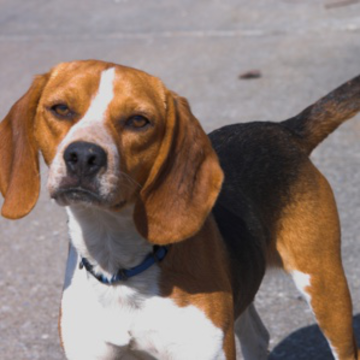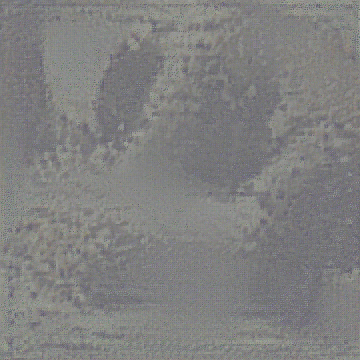When reporting to NCMEC's CyberTipline, they have a checkbox: have you reviewed it? If you say "no", then NCMEC's staff will review it.
There is currently no such checkbox: https://report.cybertip.org/submit Perhaps they had one in the past prior to adverse rulings in Federal court.
Again, see US v. Miller, if you perform a match based on an NCMEC database and send the image to NCMEC without reviewing, then the user's fourth amendment protection against warrantless searches is preserved, and NCMEC (as an agent of the government with special statutory authority) cannot lawfully inspect the image. The suppression of the user's fourth amendment rights is dependent on a prior review by the provider which is lawful under the color of their private commercial agreement. Apple's human review is a critical step in the suppression of the constitutional rights of their users, without it any subsequent review by NCMEC or law enforcement would be unlawful and the whole reporting process would be useless (except to build databases of kompromat and other such due-process-less results).
 hash: ff0dcf8b9371ebd28a4f5d2d
hash: ff0dcf8b9371ebd28a4f5d2d  hash: 9f3bce9b9d716bf399cf4f21
hash: 9f3bce9b9d716bf399cf4f21













Can you verify that these two images collide?

Here's what I see from following your directions: